Nutrition
Wheat is an essential staple crop, contributing around 20% of the protein and calories consumed worldwide. Wheat, however, also offers much more than simple dietary energy. Over the last decade, the CGIAR Research Program on Wheat has explored the nutritional importance and nutritional potential of wheat and wheat products around the world.
